Spain is a tough competitor to Iran in saffron production
Saffron is the most expensive spice in the world and Iran is one of the largest producers,
but the production of this product in Iran does not bring enough profit to farmers.
After two years of low rainfall in saffron production areas, some producers were frustrated with the reduction in the price
of their product against Spanish competitors and made other products on their farms.
Saffron can be a profitable product, but there are a lot of problems right now and we can only pay the workers, said one saffron grower.
He added:
I can produce 18 kg of saffron this year, which is not enough and I can not do the same next year.
The saffron producer added:
I prefer to have at least a small but safe profit from wheat production instead of any profit from saffron production.
Iran, which produces about 90 percent of the world’s saffron, will not easily lose its position as the largest producer,
but traders believe the country needs to improve its saffron market and find new customers for its product.
A saffron seller said:
Spain, which often produces its saffron in the Lamancha region,
can ask for a higher price for its saffron because the quality of Spanish saffron is better than its Iranian counterparts.
He added:
Another problem that has led to the low popularity of Iranian saffron is that Iranians sell 90% of their saffron
in bulk and do not enjoy the benefits of selling it in packages.
In the year ending March 2006, Iran exported about 201 tons of saffron, valued at $ 101 million,
which is a significant share of Iran’s non-oil exports.
The saffron seller continued:
Chinese and Japanese markets are shaping the future of Iran’s saffron trade, and we should invest in these markets instead of competing in the European market.
Meanwhile, the International Herald Tribune recently reviewed the situation of saffron production in Iran in a report and wrote:
Iran, which is the largest producer of saffron in the world, is trying to increase its share in global markets.
The newspaper continued:
More than 90% of the world’s saffron is produced in Iran, and during the last year,
this country was able to produce 230 tons of saffron and export part of it.
Although the growth rate of Iranian saffron production has been good in the last 2 decades,
but this year has been a difficult year for Iranian saffron producers and low rainfall has led to a decrease in their production.
However, despite the decline in production this year.
He added:
We are trying to improve our position in global markets by using scientific methods and offering new saffron-derived products.
He added:
In the past 10 years, saffron was not one of the main and important products of Iran because its supply and production faced many shortcomings,
but now the situation has changed and Iranian saffron has conquered world markets in different packages.
The three countries mentioned in the agreement to work together to combat Iranian saffron worldwide.
Iranian saffron is available in the world market with high quality and much lower prices than European products,
and this has made it a tough competitor for European saffron.
Italy, Spain and Greece are looking for a solution at the EU level to make Iranian saffron lose its market share.
The agreement also states that they will compete with Iranian products by finding new marketing methods and techniques.
In Spain, 275 hectares of land are under this crop;
The price of Spanish saffron in the European market is one and a half euros per gram, which sometimes reaches two and a half euros.
In Greece, 4,500 hectares of land are dedicated to saffron cultivation every year.
Greece has the lowest price of saffron in Europe, where a gram of saffron sells for 80 cents in the market,
although sometimes this figure goes up to 3 or 4 euros.
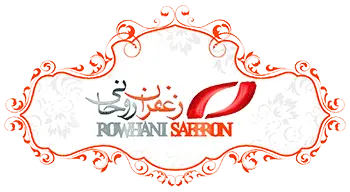
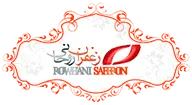

![Exporting Saffron to Turkey + Price Guide [Complete 0 to 100]](https://www.rowhanisaffron.com/wp-content/uploads/f1-372-500x383.jpg)
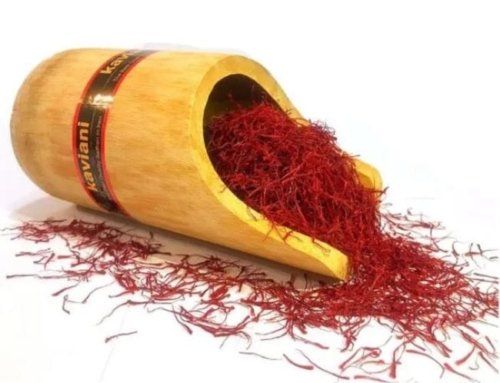
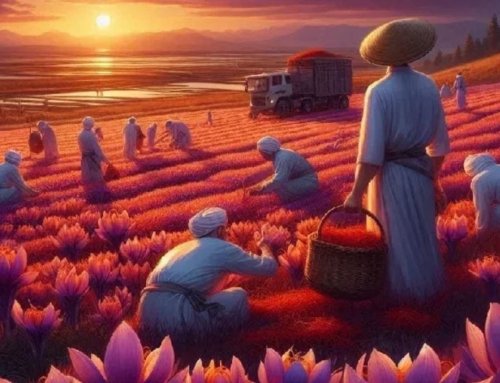
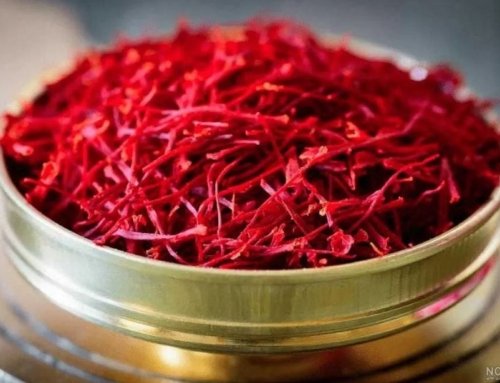
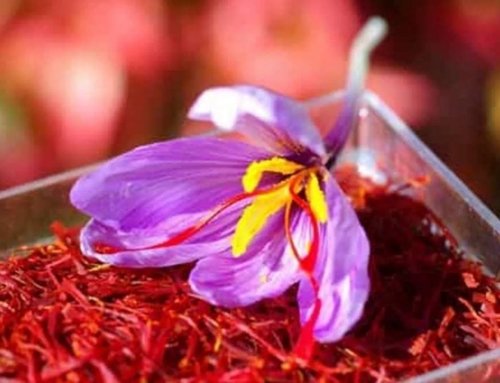
Get Social